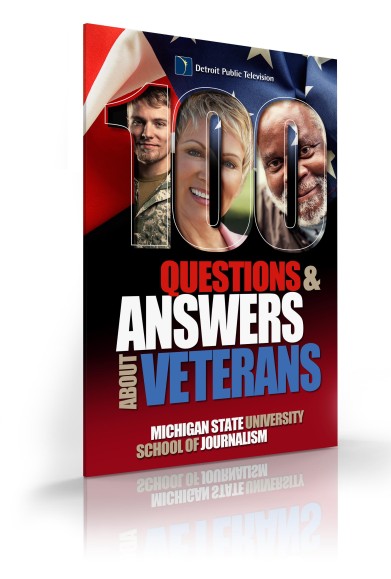
Basic facts about U.S. military veterans demographics, contributions, training, culture, employment, politics and benefits
Description
One Hundred Questions and Answers About Veterans: A Guide for Civilians was created to help civilians better understand the millions of veterans who fought to protect and uphold U.S. interests around the world. Differences in experience, age and background mean veterans’ perspectives are individual and unique. Yet all face similar questions and assumptions. This guide answers everyday questions that veterans say civilians ask about their experiences, needs, challenges and achievements. It is intended for people in business, schools, government, medicine, law enforcement, human resources and journalism who need a basic grounding.
One Hundred Questions and Answers About Veterans: A Guide for Civilians is part of the Michigan State University School of Journalism series on cultural competence.
Samples of What’s Inside
This guide has sections on military structure, culture and families, demographics, work, money, deployment and discharge, politics and resources for more study.
Questions include:
- Which war or conflict has produced the most U.S. veterans?
- Which conflict has cost the most American lives?
- What percentage of veterans are women?
- What are the racial demographics of veterans?
- How did the military change after the repeal of
Don’t Ask, Don’t Tell?
- Why did the United States end the military draft?
- How does being in the military change a person?
- Is PTSD more common among recent veterans?
- How has civilian treatment of veterans changed?
About this Series
Led by editor and teacher Joe Grimm, classes of students from the Michigan State University School of Journalism publish socially and culturally conscious guides and books.
The concept of this series is to teach cultural competence by spreading awareness about a certain group or community. Ultimately, the goal is to break down cultural and socially constructed walls by opening up discourse among groups.
